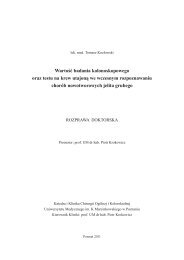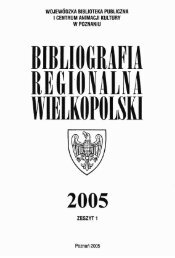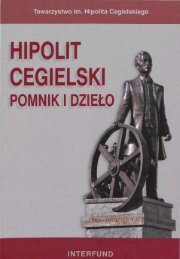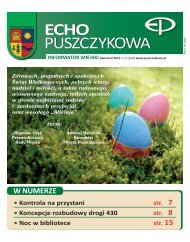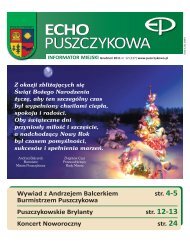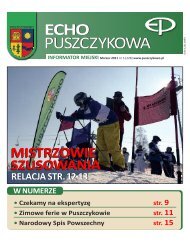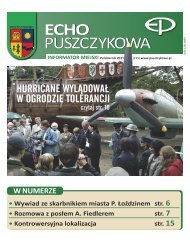MILITARY PHARMACY AND MEDICINE
MILITARY PHARMACY AND MEDICINE
MILITARY PHARMACY AND MEDICINE
Create successful ePaper yourself
Turn your PDF publications into a flip-book with our unique Google optimized e-Paper software.
© Military Pharmacy and Medicine • 2012 • 4 • 56 – 56Besides mobilization of an appropriately equippedand manned ambulance, it is possible to mobilizea single paramedic riding a motorcycle or drivinga car, particularly in urban agglomerations or incases of remote locations.Both in case of category A, as in case of categoryB/C calls, the response to the call may be providedby immediate response vehicle manned by paramedicsor emergency care technicians equippedwith devices to provide the patient at the accidentsite, or by a first aid unit comparable to ambulance.Aid may be provided by a physician, fire brigadepersonnel or the police. If the patient is providedfor within 8 minutes by non-medical personneland a fully manned and equipped personnelshould arrive within 14-19 minutes (dependingon the area), the dispatcher may decide that theambulance arrival is redundant.Many emergency services are supported by dispatcherspresent at sites of more complex events,e.g. accidents on major roads.In order to reduce the time required to respondto a call, special software is used to plan anddeploy teams (motorway junctions, railroad stations)at sites with large numbers of calls. Thisoffers better chances to patients in densely populatedareas.Review articleVolunteer first aid units are used to provideprompt arrival of caregivers to victims in somesuburban areas.They are comprised of personnel not employedin emergency care, but trained by the ambulancepersonnel and equipped with additionalgear (oxygen, airway clearing devices, automaticexternal defibrillators (AEDs)).If available, Air Ambulance units are also used torescue the victims. Currently, there are 12 suchunits in the UK. All units except for LondonAir Ambulance are manned with paramedicsor technicians.The London Air Ambulance teams always includea physician (completing their specialization orhaving 2nd degree specialization in anesthesiologyand intensive care), who had completed anintensive training in accident site managementand pre-hospital care.The Air Ambulance takes part in rescuing victimswith extensive injuries and provides immediatetransportation to hospital following resuscitationprocedures typical for resuscitation rooms performedat accident sites. The dispatcher may alsomobilize a volunteer physician from the ImmediateMedical Care system.References:1. Black John J. M., Davies Gareth D.: “Resuscitation”,“International EMS Systems: United Kingdom”,2005, no. 64, p. 21-29.2. British Paramedic Association College of Paramedics:A Curriculum Framework for Ambulance Education,February 2006, Official Website of BPO.3. Jakubaszko J.: „Założenia organizacyjne systemumedycyny ratunkowej”, – artykuł” Proceduryorganizacyjno – ratownicze i lecznicze w nagłychstanach zagrożenia życia”, POZKAL,Inowrocław 1996 , s.11-17.4. Koronkiewicz A., Murakowski M., Nowacki W.:„Systemy organizacji i finansowania pomocy doraźneji transportu sanitarnego w wybranych krajach Europyna tle sytuacji w Polsce”, Centrum Organizacji iOchrony Zdrowia, Warszawa 1994.5. Zawadzki A.: „Medycyna ratunkowa i katastrof:,PZWL, Warszawa 2006.6. Doraźna pomoc lekarska, pod red.: Kamiński B.,Dziak A. PZWL Warszawa 1988.56 http://military.isl-journals.com



